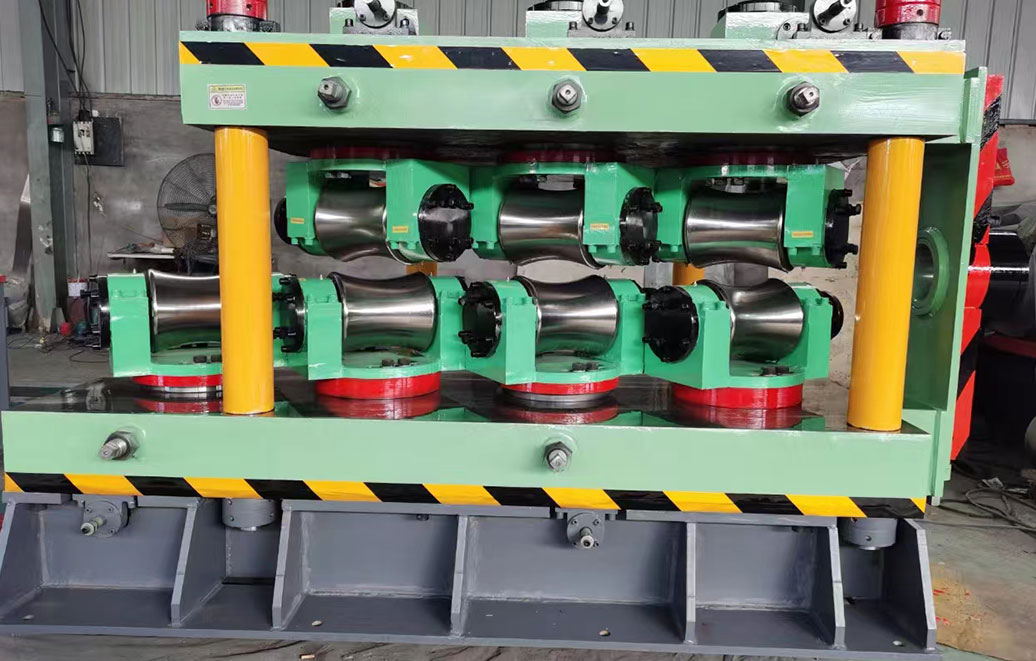Current Trends in Cold Rolling Mill Pricing and Market Analysis
Understanding Cold Rolling Mill Prices A Guide for Industry Players
Cold rolling mills are vital in the production of steel and other metals, forming sheets and strips that are essential in various manufacturing processes. As industries relying on these materials continue to grow, understanding the dynamics of cold rolling mill prices becomes increasingly important for stakeholders. This article aims to explore the factors that influence cold rolling mill prices and their implications for manufacturers and suppliers.
1. Basic Concepts of Cold Rolling Mills
Cold rolling is a metalworking process that involves the reduction of material thickness by passing it through rollers at room temperature. This process enhances the mechanical properties of the metal, such as its strength and surface finish. Cold rolled products are widely used in industries like automotive, construction, and appliances, where high-quality and precise dimensions are critical.
2. Factors Influencing Cold Rolling Mill Prices
Several factors significantly impact the pricing of cold rolling mills
- Raw Material Costs The primary material for cold rolling mills is steel. Fluctuations in the price of steel, influenced by global supply and demand, import tariffs, and geopolitical tensions, directly affect the cost of cold rolling mill operations. For instance, if raw steel prices increase due to increased demand in emerging markets, cold rolling mill prices will likely follow suit.
- Energy Prices Cold rolling mills require substantial energy for operations. Changes in electricity and gas prices can have a cascade effect on operating costs, subsequently impacting the overall pricing structure of cold rolling mills. Additionally, fluctuations in energy policies and environmental regulations may also play a role in shaping these costs.
- Technological Advancements Innovations in cold rolling technology can lead to enhanced efficiency and lower production costs. For example, mills equipped with advanced automation systems or cutting-edge roller technology can produce higher-quality products at a lower cost. However, these technological advancements often come with significant initial investments, which can also affect pricing.
cold rolling mill price

- Market Demand The demand for cold rolled products, correlating with economic growth in various sectors, plays a crucial role in determining prices. Industries such as automotive and construction are particularly sensitive to market conditions. When these sectors expand, the demand for cold rolled products surges, leading to an increase in prices.
- Global Trade Dynamics Tariffs, trade agreements, and international competition can also influence prices. Changes in trade policies—especially between major economies—can affect the availability and cost of cold rolled products in specific markets. For example, tariffs on imported steel could drive up domestic prices for cold rolling mills.
3. The Impact of Cold Rolling Mill Prices on Industries
Understanding the factors affecting cold rolling mill prices is crucial for industries relying on these products. Price volatility can significantly impact profit margins, operational budgets, and supply chain logistics. Manufacturers often need to adopt flexible pricing strategies and forward contracts to mitigate the risks associated with price fluctuations.
Moreover, continuous monitoring of price trends can inform purchasing decisions for manufacturers. Organizations may benefit from collaborating with suppliers who provide insights into market conditions and price forecasts, thereby ensuring they remain competitive in their respective markets.
4. Conclusion
In the face of various influencing factors, from raw material costs to technological advancements, the pricing of cold rolling mills is a complex topic that requires careful consideration. For industry players, staying informed about market trends, demand fluctuations, and global trade conditions is vital for effective decision-making and strategy formulation.
As the global economy evolves, so will the landscape of cold rolling mill prices. By understanding these dynamics and responding accordingly, manufacturers and suppliers can navigate the challenges posed by pricing volatility, ensuring that they remain resilient and competitive in an increasingly complex market. This understanding is not just beneficial—it is essential for success in today's manufacturing environment.
-
High Frequency Straight Seam Welded Pipe Production Line-BzZhou Xinghua Machinery Equipment Manufacturing Co., LTD.|Precision Welding, High EfficiencyNewsJul.30,2025
-
High Frequency Straight Seam Welded Pipe Production Line|BzZhou Xinghua|Precision Welding&EfficiencyNewsJul.30,2025
-
High Frequency Straight Seam Welded Pipe Production Line - BzZhou Xinghua|Precision Engineering&EfficiencyNewsJul.30,2025
-
High-Frequency Straight Seam Welded Pipe Production Line-BzZhou Xinghua Machinery Equipment Manufacturing Co., LTD.NewsJul.30,2025
-
High-Frequency Straight Seam Welded Pipe Production Line-BzZhou Xinghua Machinery Equipment Manufacturing Co., LTD.|Precision Manufacturing, High EfficiencyNewsJul.30,2025
-
High Frequency Straight Seam Welded Pipe Production Line-BzZhou Xinghua Machinery Equipment Manufacturing Co., LTD.|Precision Steel Pipe Manufacturing&Industrial EfficiencyNewsJul.29,2025


